The U.S. government-produced video running behind the replica Wright Flyer at the Wright Brothers National Memorial shows the arc of aviation starting at Kill Devil Hills and ending with U.S. government-run programs such as the Blue Angels, the USAF, and NASA. All advances occur within the U.S. Entirely left out: the importance of the Wright Brothers’ time in France (the U.S. government was initially unreceptive to the Wrights); the first modern airplane (Bleriot, in France); the British invention of the jet engine (led by Frank Whittle); the jet-powered commercial airlines and airfreight services that have enabled our global economy:
Note the two propellers driven by one engine. What kind of rating would be necessary to fly that today? It is not “multi-engine” per se, but what if the drive to one prop fails? It would yaw just like a multi-engine plane on a single engine.
[Also potentially interesting: in the official government history of aviation, after Wilbur and Orville Wright completed their 1903 flights all of the notable advances were made by women. In the photos above, for example, Bessie Coleman is important enough to cite by name while the Tuskegee Airmen appear in an anonymous group (thanks for your 1578 combat missions, though!). Olga Custodio, the “First Latina to complete US Air Force pilot training,” is cited on the “Inventors” screen (Wikipedia does not credit her with any inventions). Amelia Earhart is featured (why not Jacqueline Cochrane instead?) and also Louise Thaden (from Bentonville, Arkansas, now an important center of aviation thanks to the Walton family). Sad: Kalpana Chawla is cited as the “first woman of Indian origin in space” (she was killed due to incompetent group decision-making (by government workers) in the foam-damaged shuttle Columbia).]
The wing-shaped stone monument started in 1928 is awesome: “Conceived by Genius; Achieved by Dauntless Resolution…”
The North Carolina state government set up its own monument in 2003: a life-size bronze sculpture by Stephen H. Smith of the team launching the first flight. Photography nerds will appreciate the bronze view camera!
The original takeoff and landing locations from December 17, 1903 are marked with impressive stones and engravings. Example:
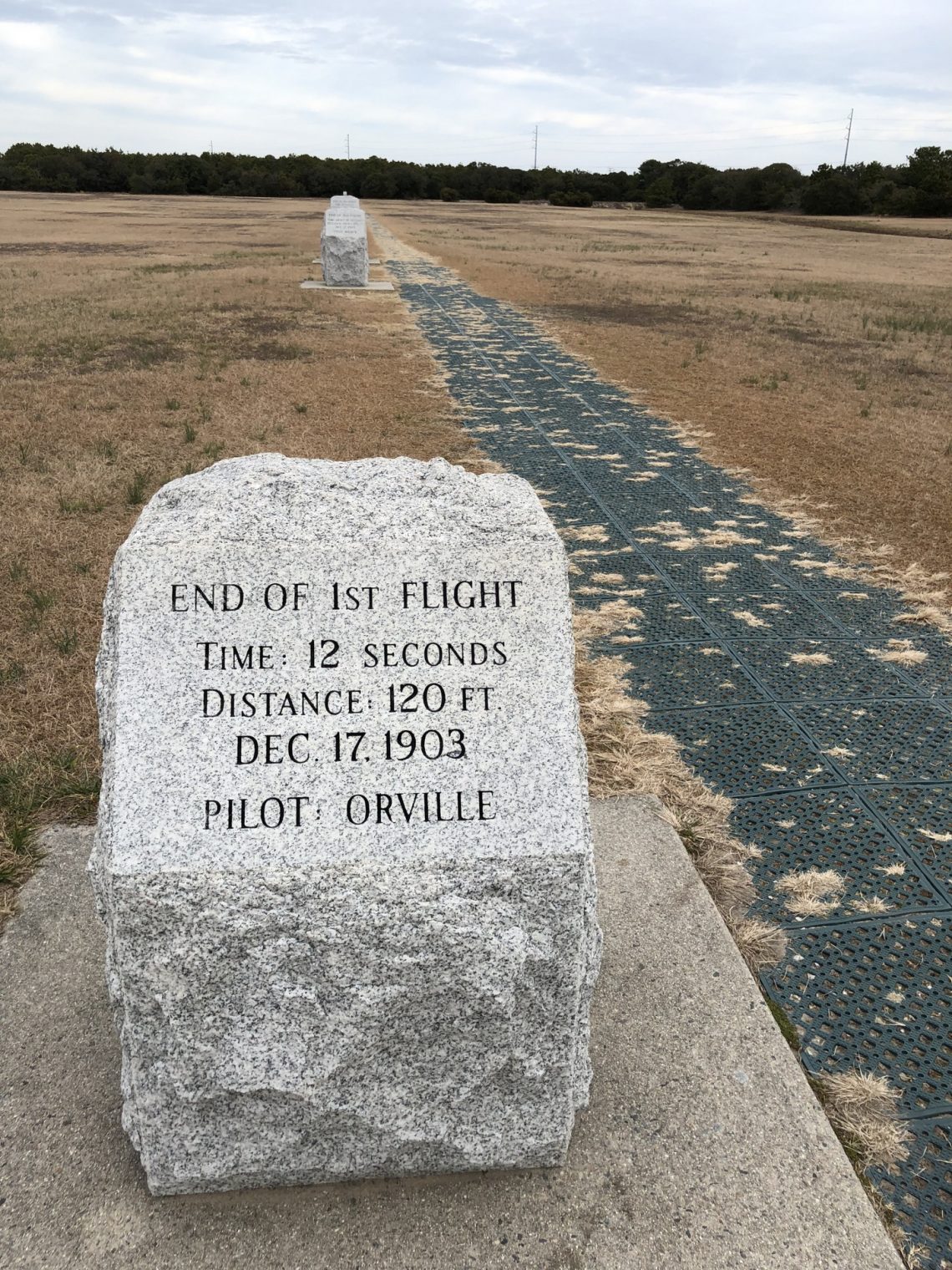
[I wonder if these locations are approximate, though. There was no GPS back in those days. I don’t think the Wright Brothers bothered to make a careful survey of the sandy/scrubby field and then leave permanent survey monuments behind for future generations.]
AOPA members will appreciate seeing their dues put to good use in a pilot lounge built next to the adjacent 3,000′ KFFA runway. But how well does requiring secret pilot knowledge to get in work in the age of LTE and Google?
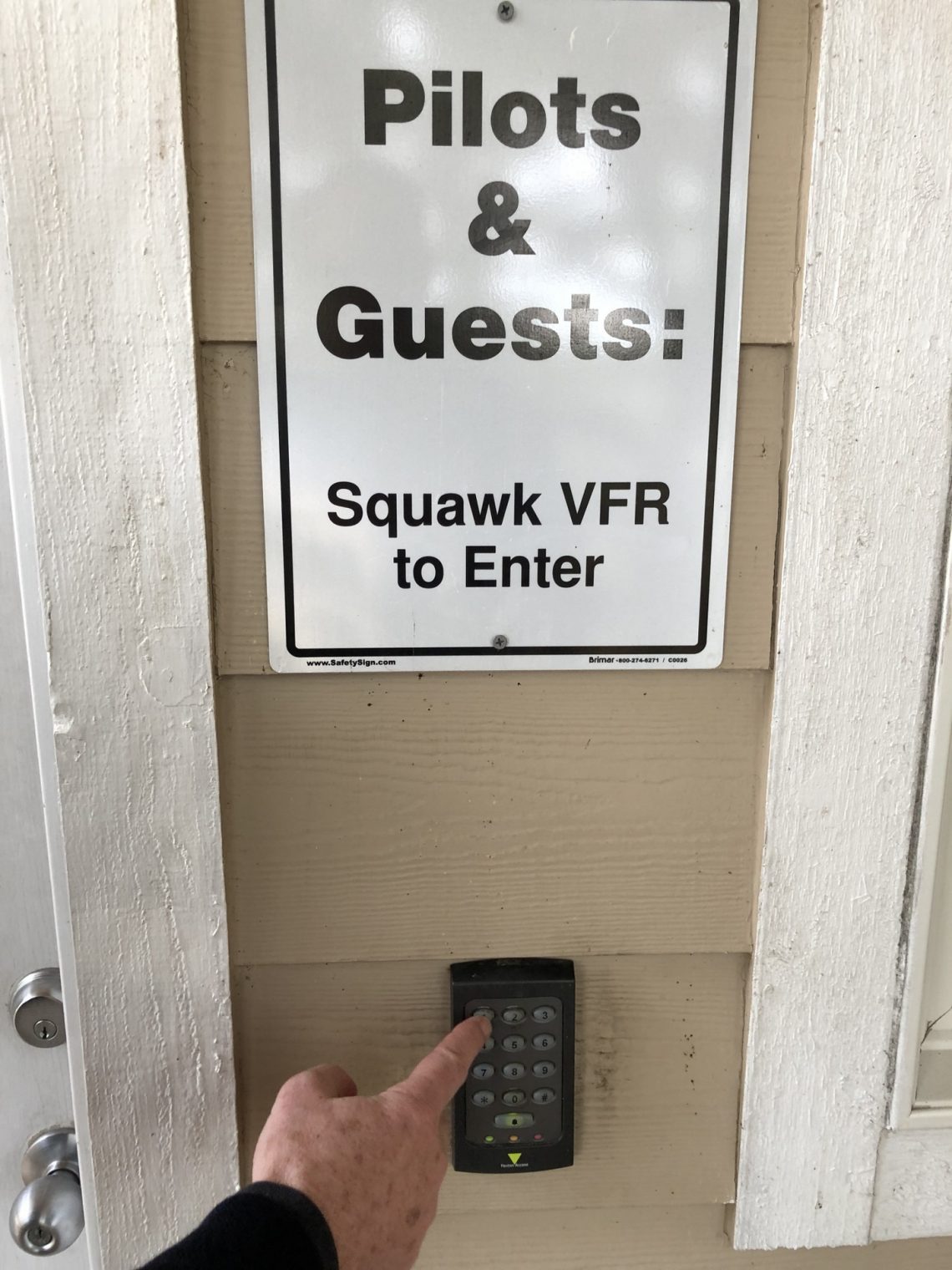
The surrounding area reflects a world changed more by the automobile than the airplane. The Wright Brothers had to seek help from the guys manning the local U.S. Life-Saving Service station (merged into Coast Guard in 1915) as the local population was only about 300. Today if they needed big guys to lug a glider up a dune they could wander over to the adjacent Try My Nuts and Duck Donuts. From the top of the dune one can see a wide strip of houses, stores, condos, etc. stretching to the horizon in both directions. U.S. population has grown a little more than 4X since 1903, but the summer population of Kill Devil Hills is more than 100X larger than it was in 1903. Nearly all of these folks arrive by car.
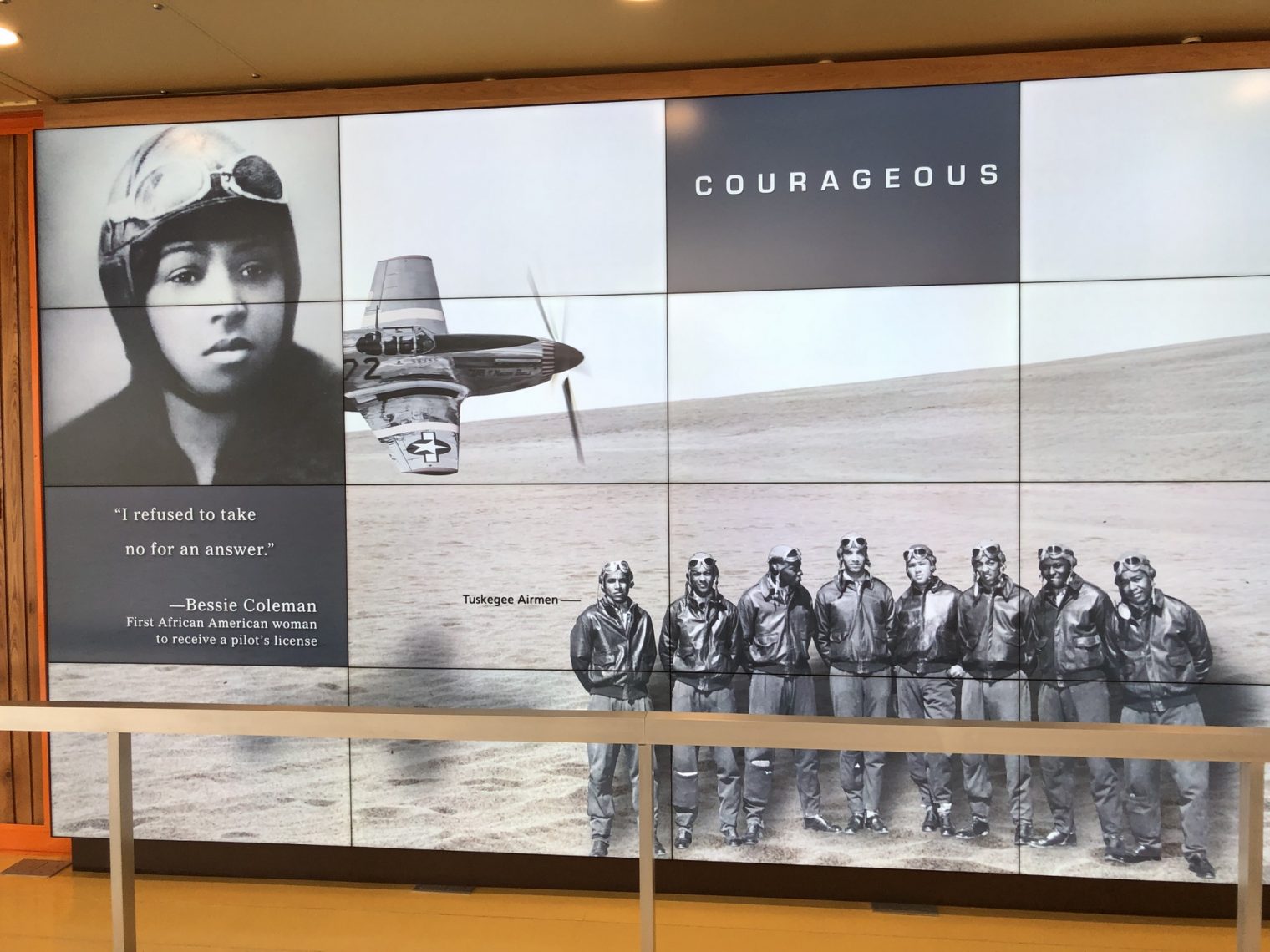
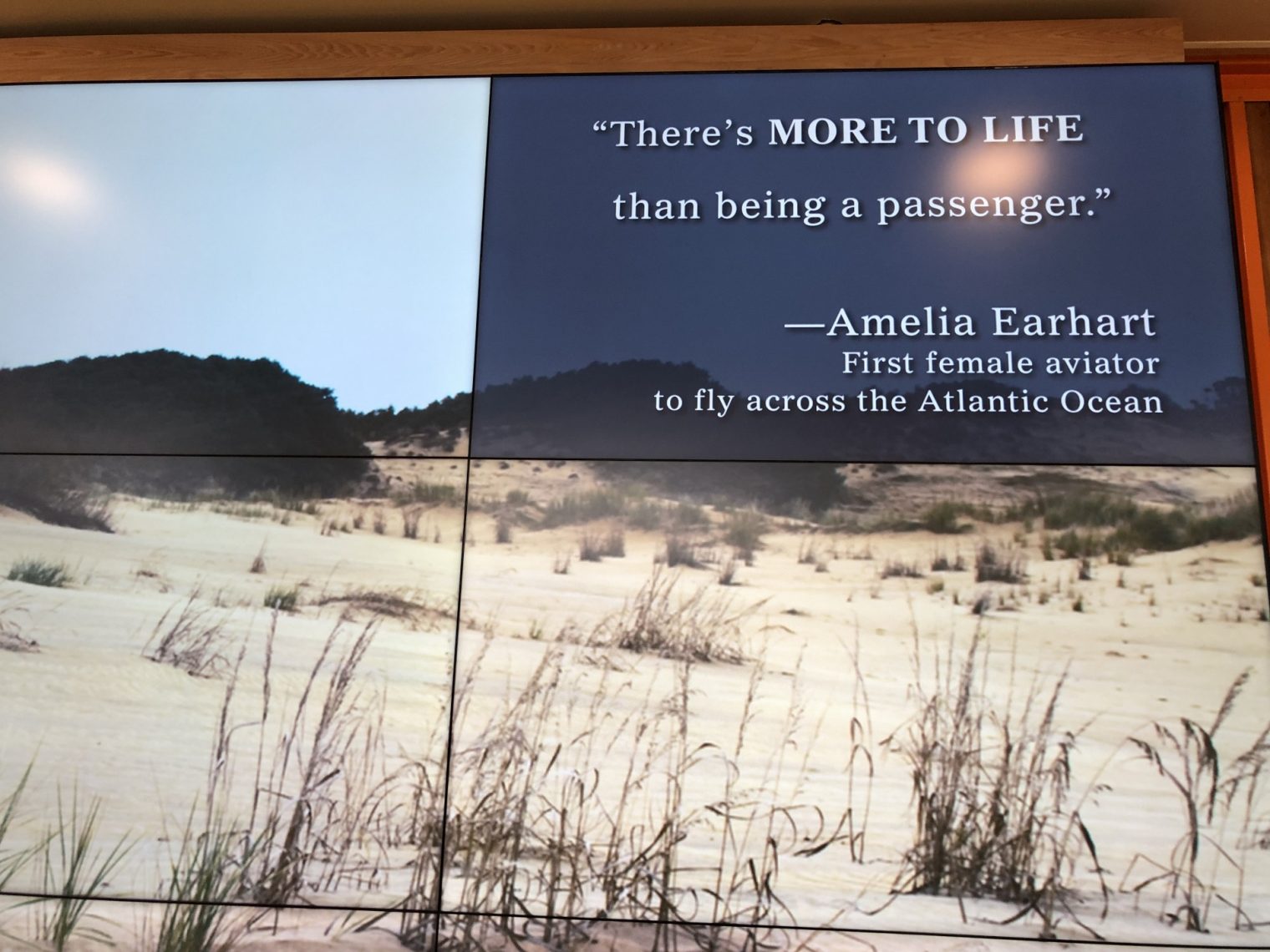
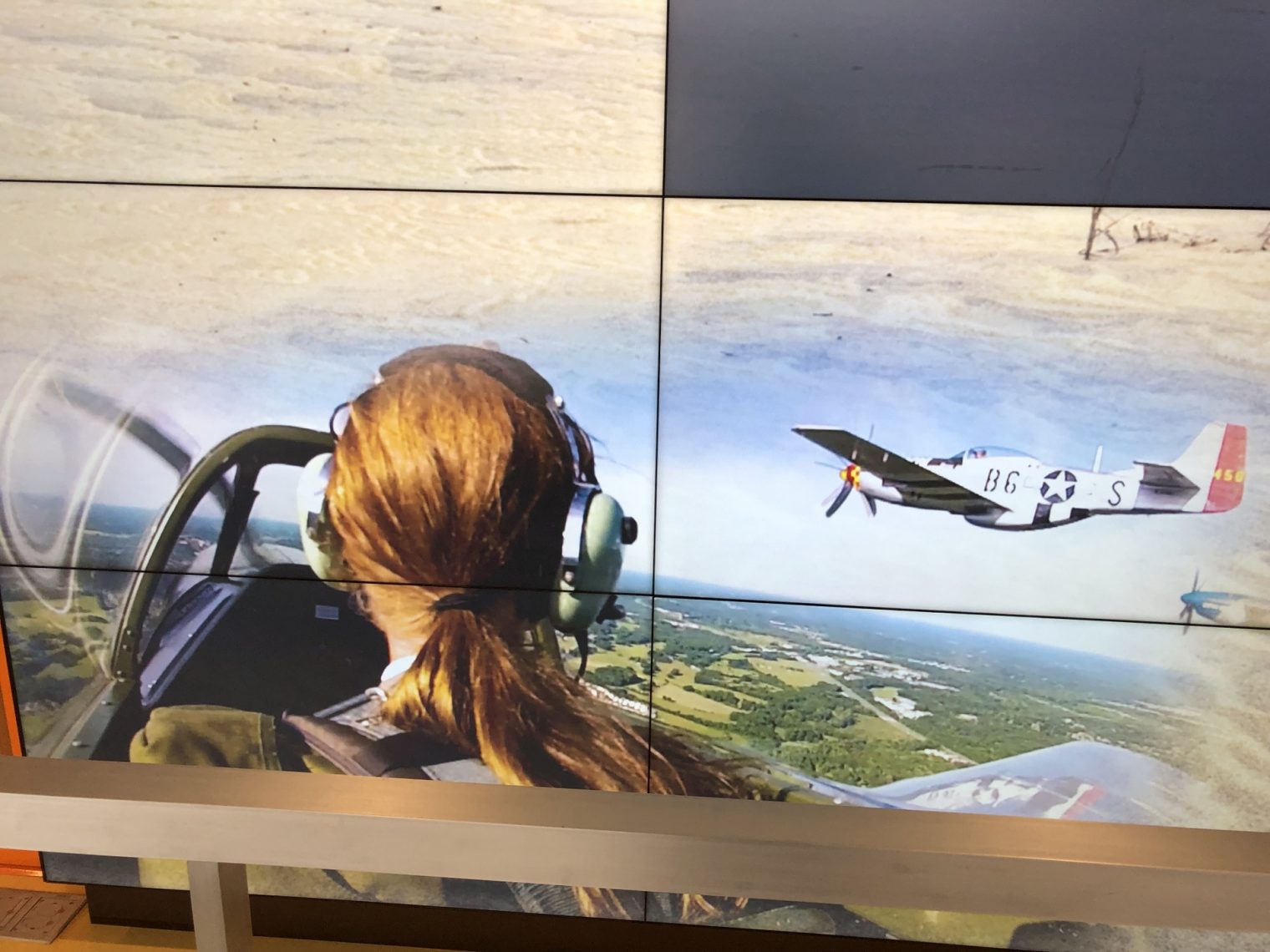
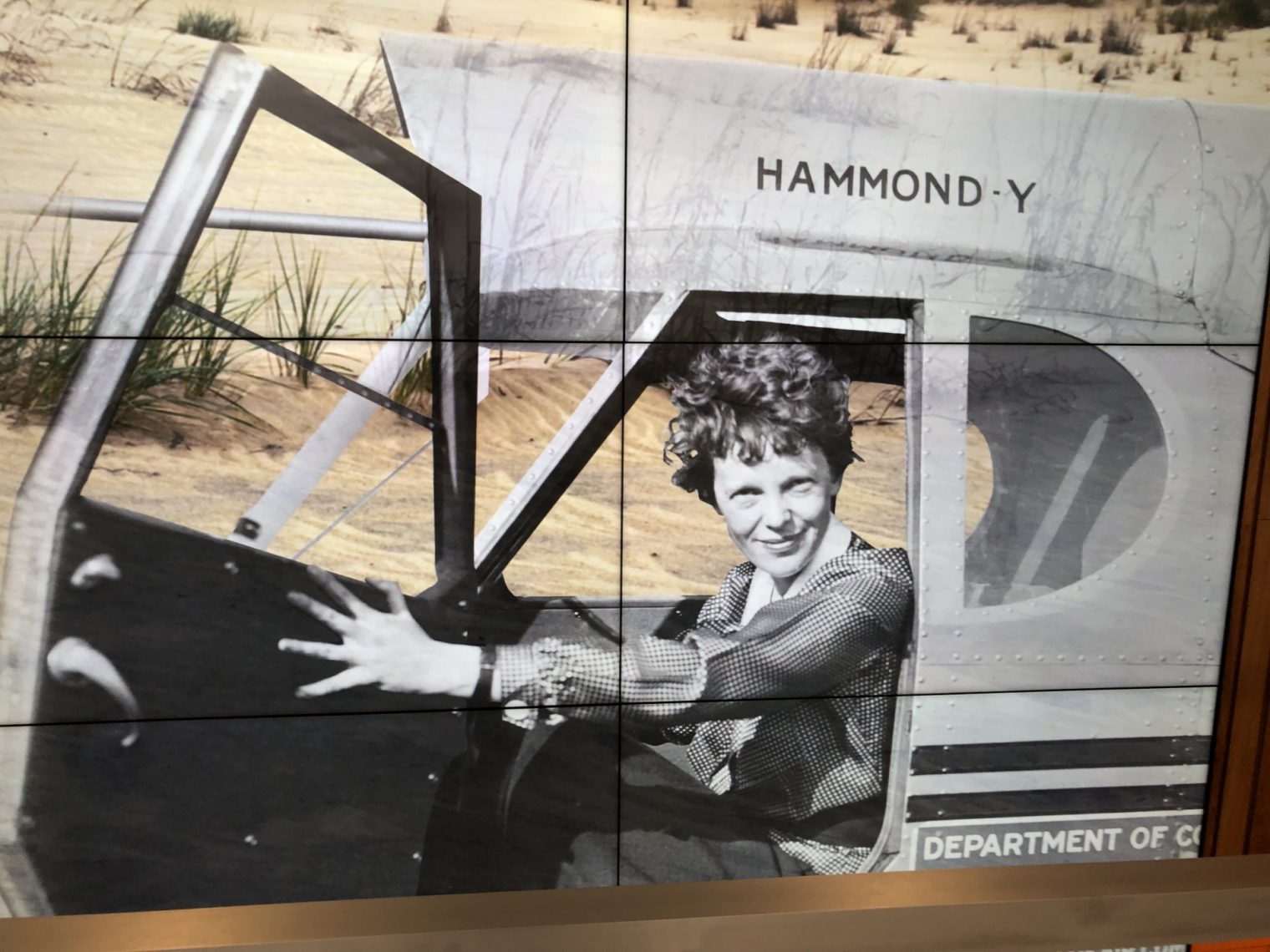
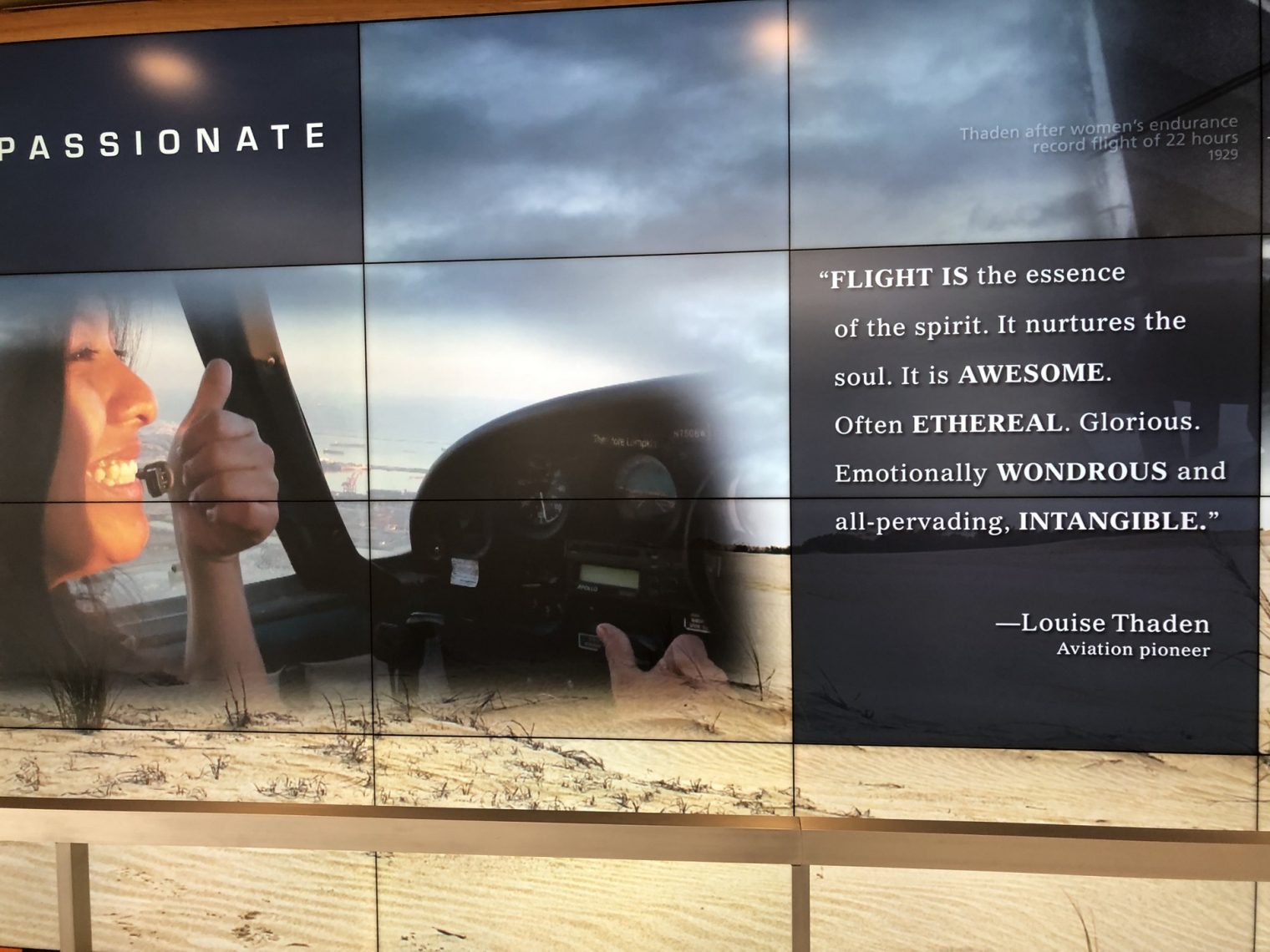
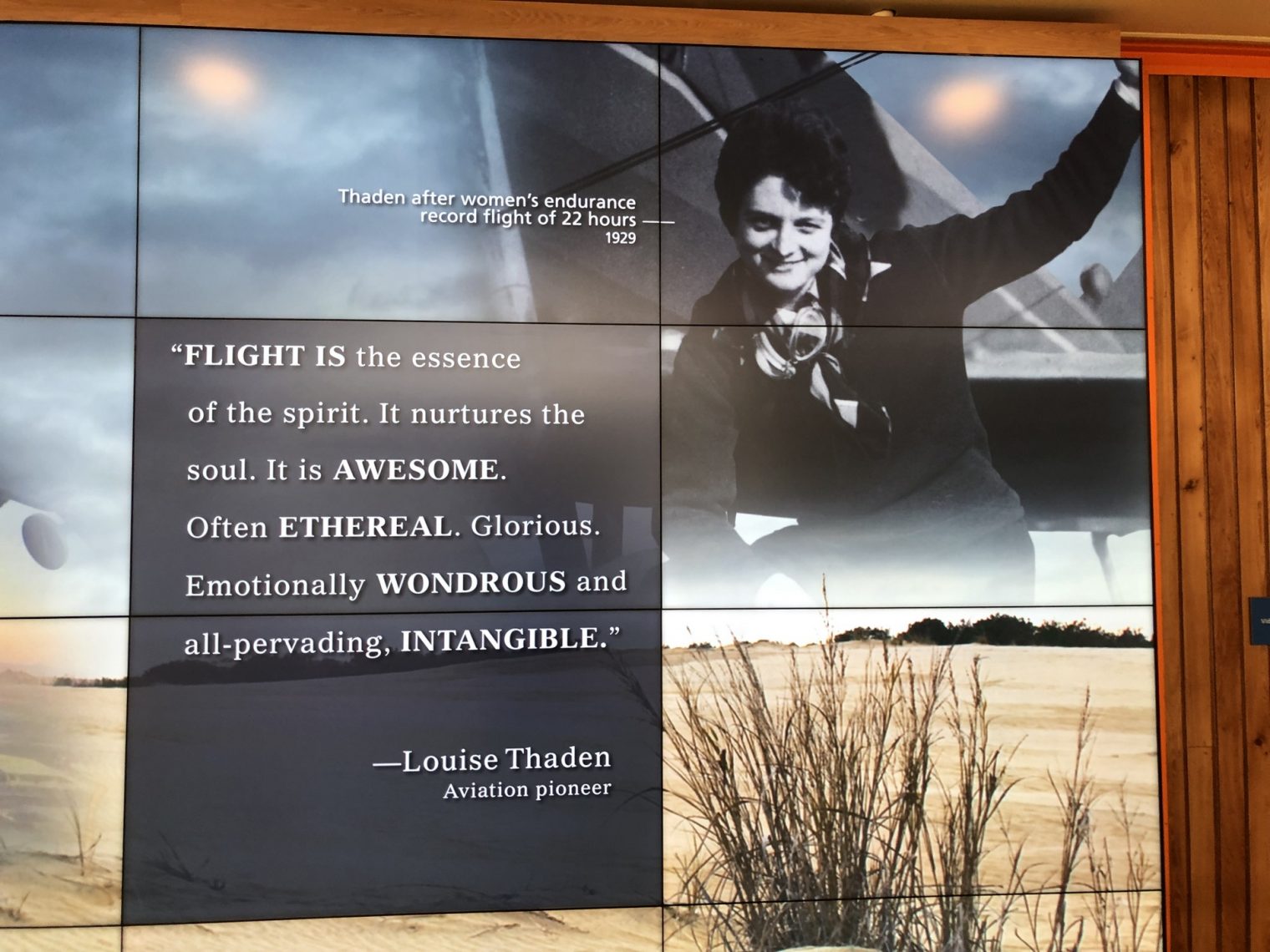
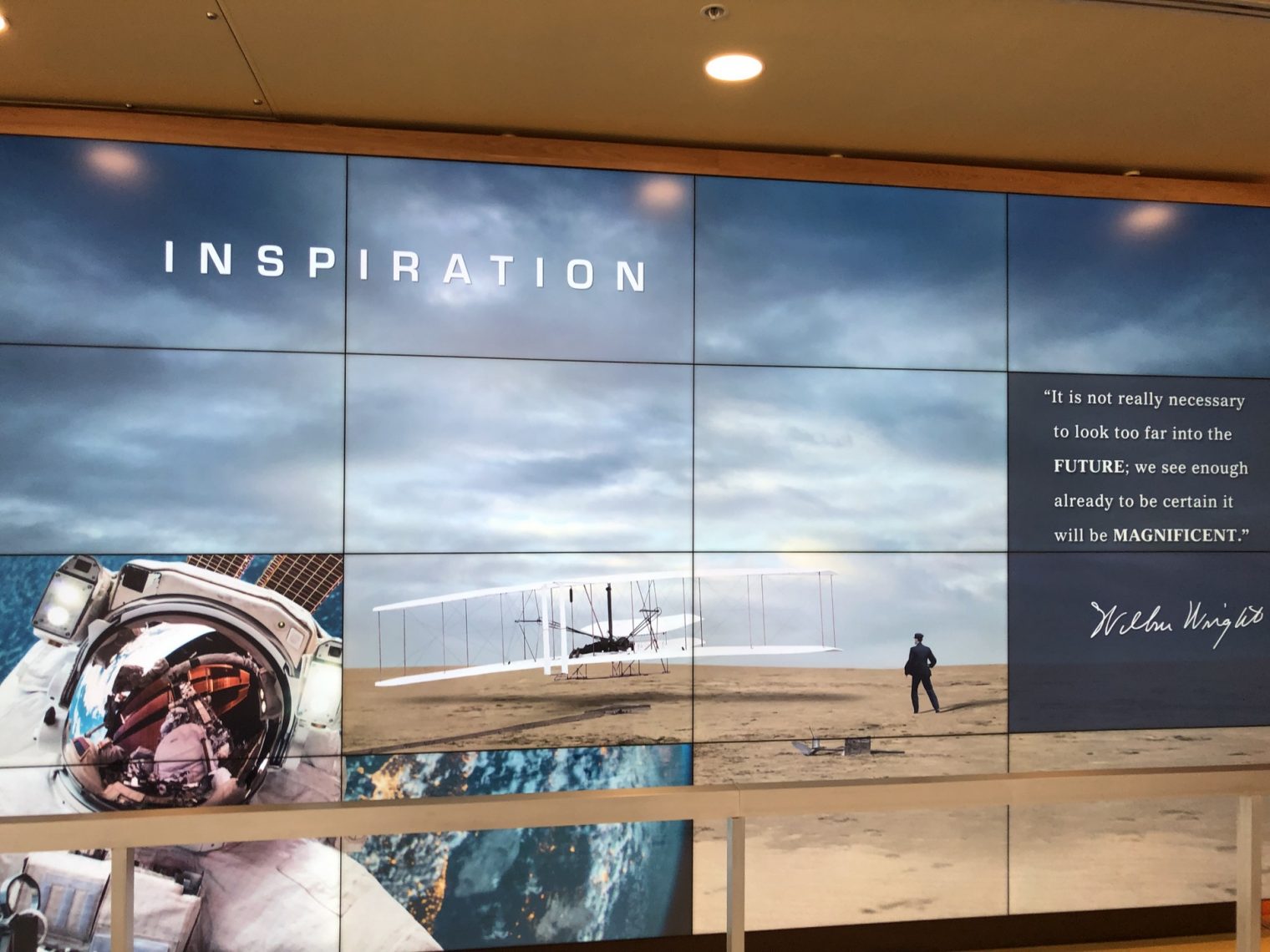
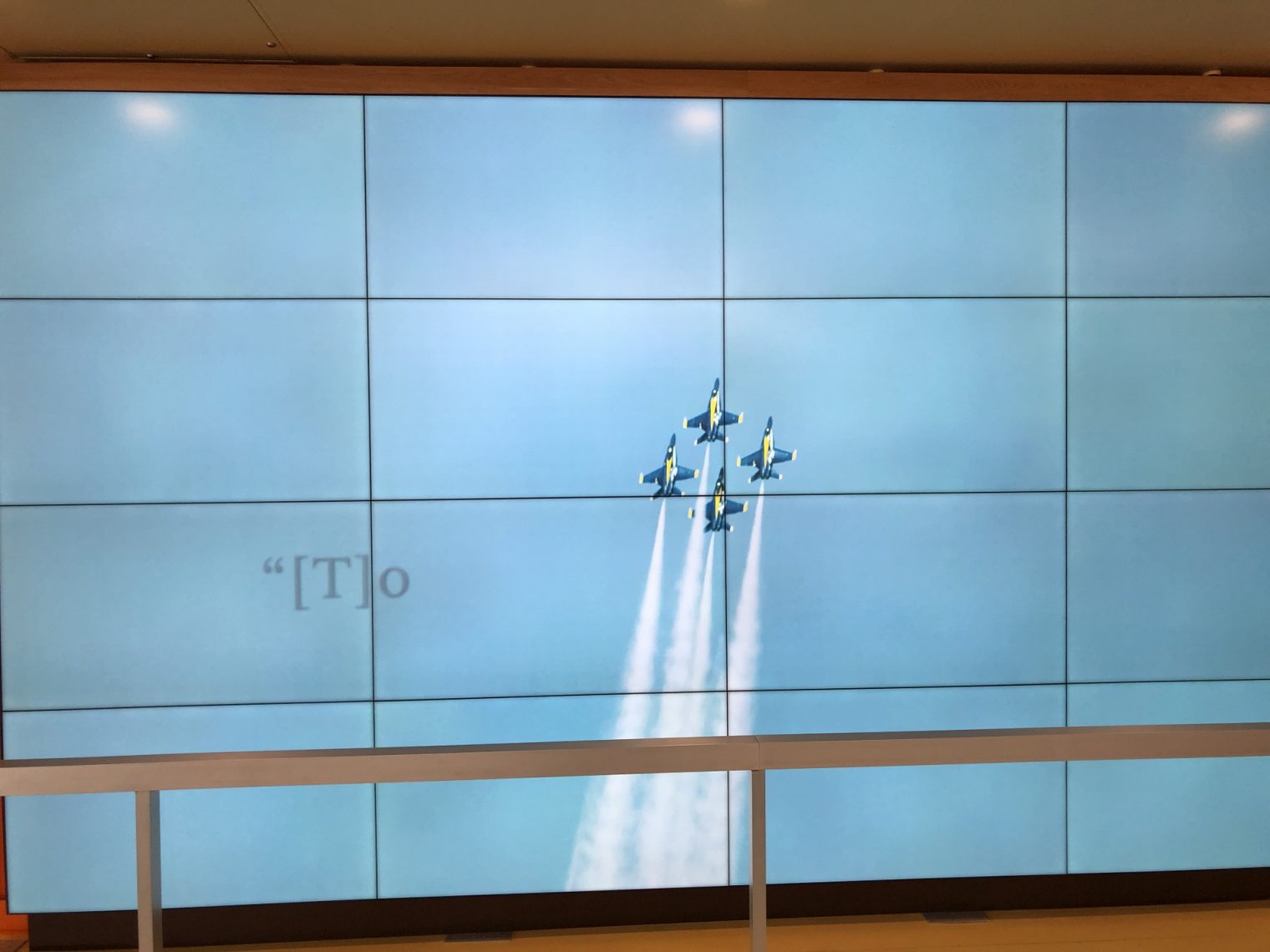
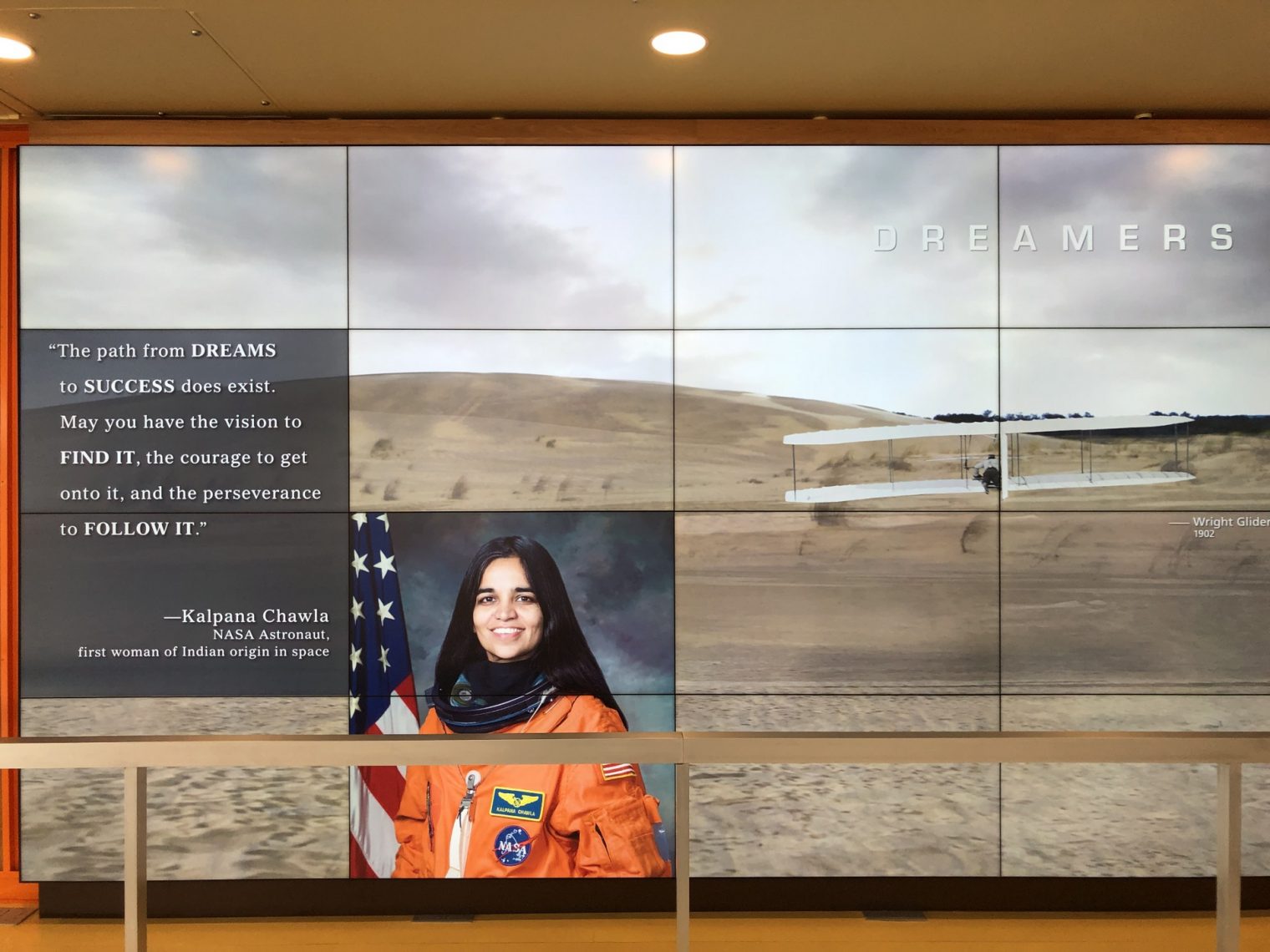
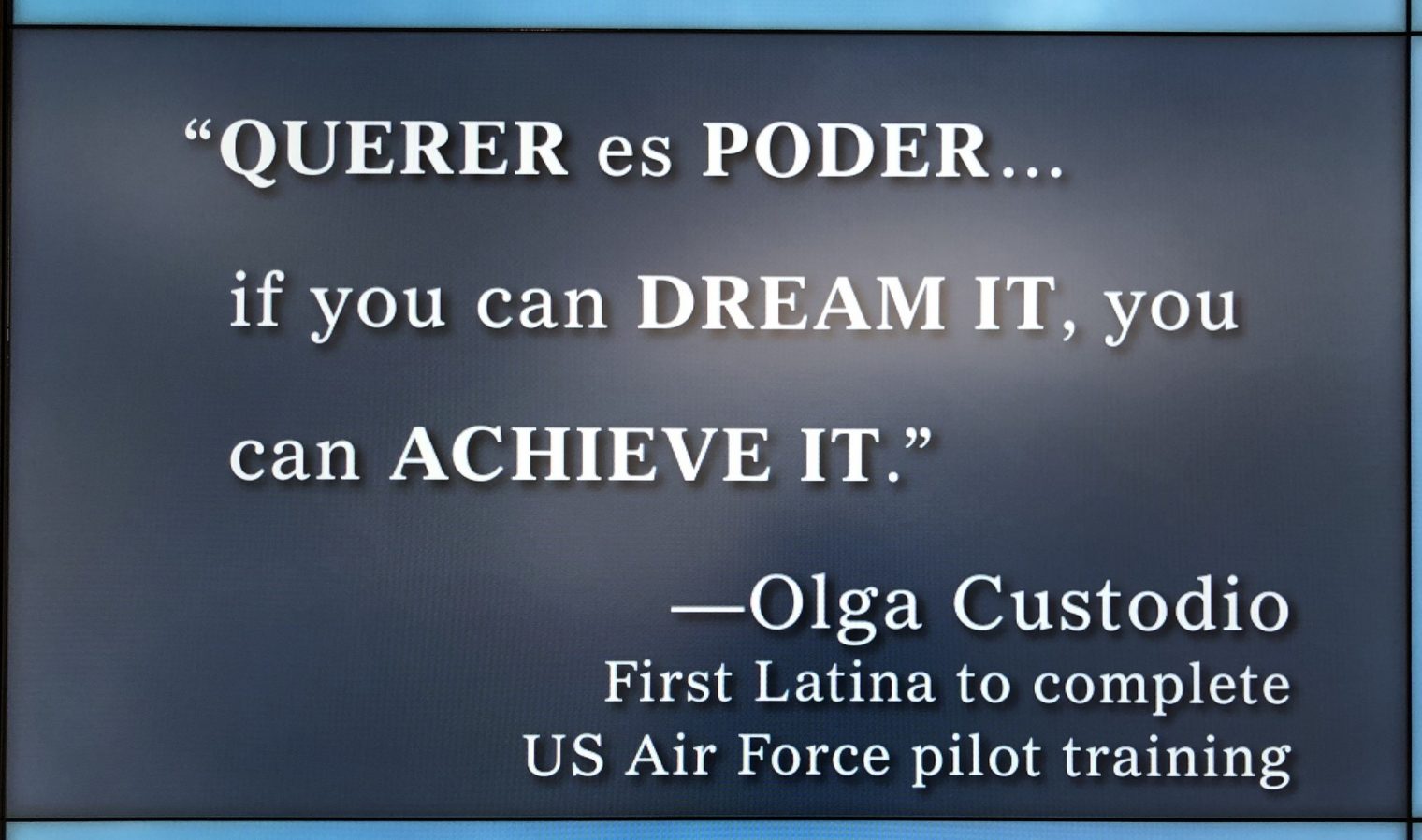
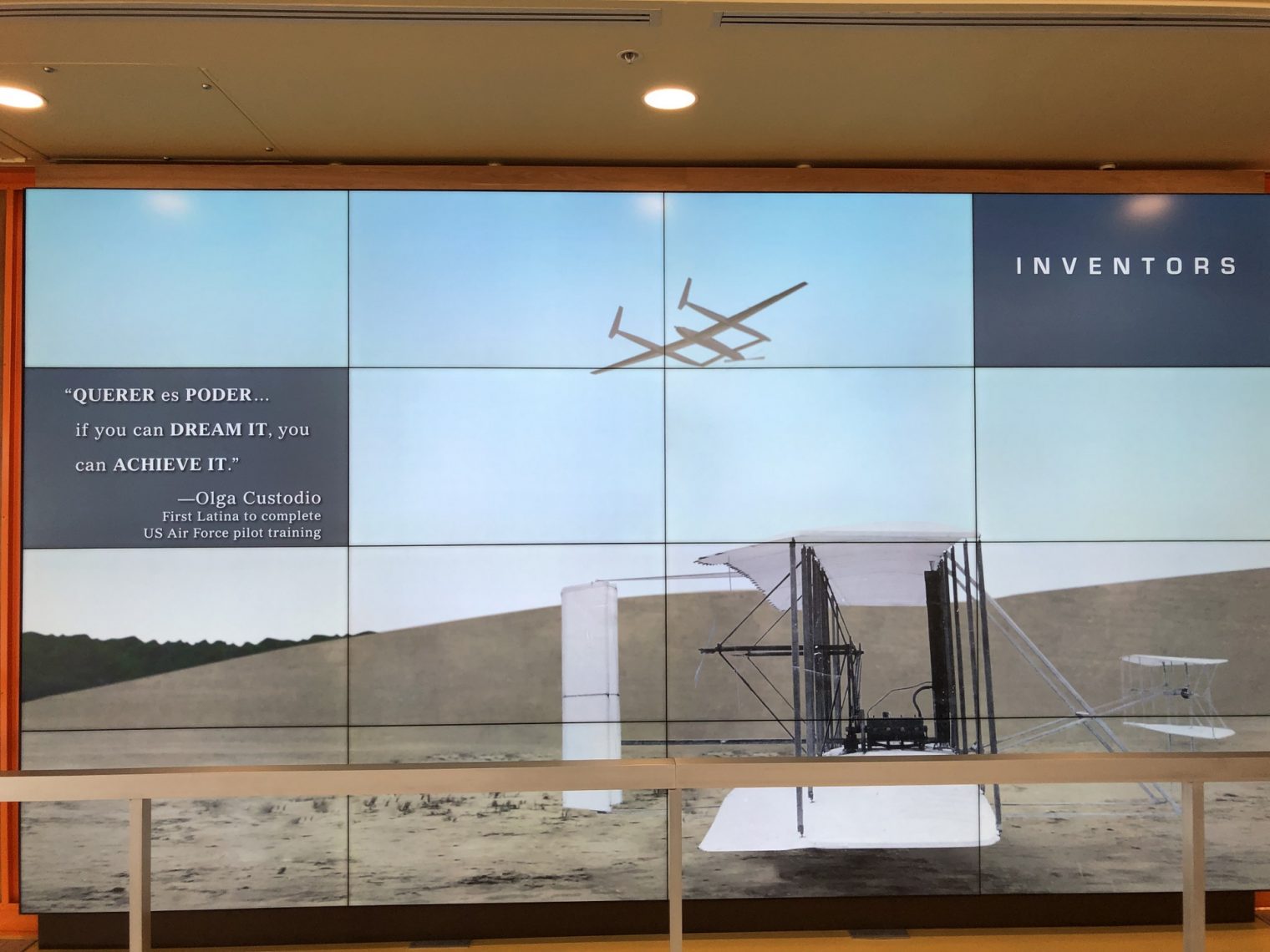
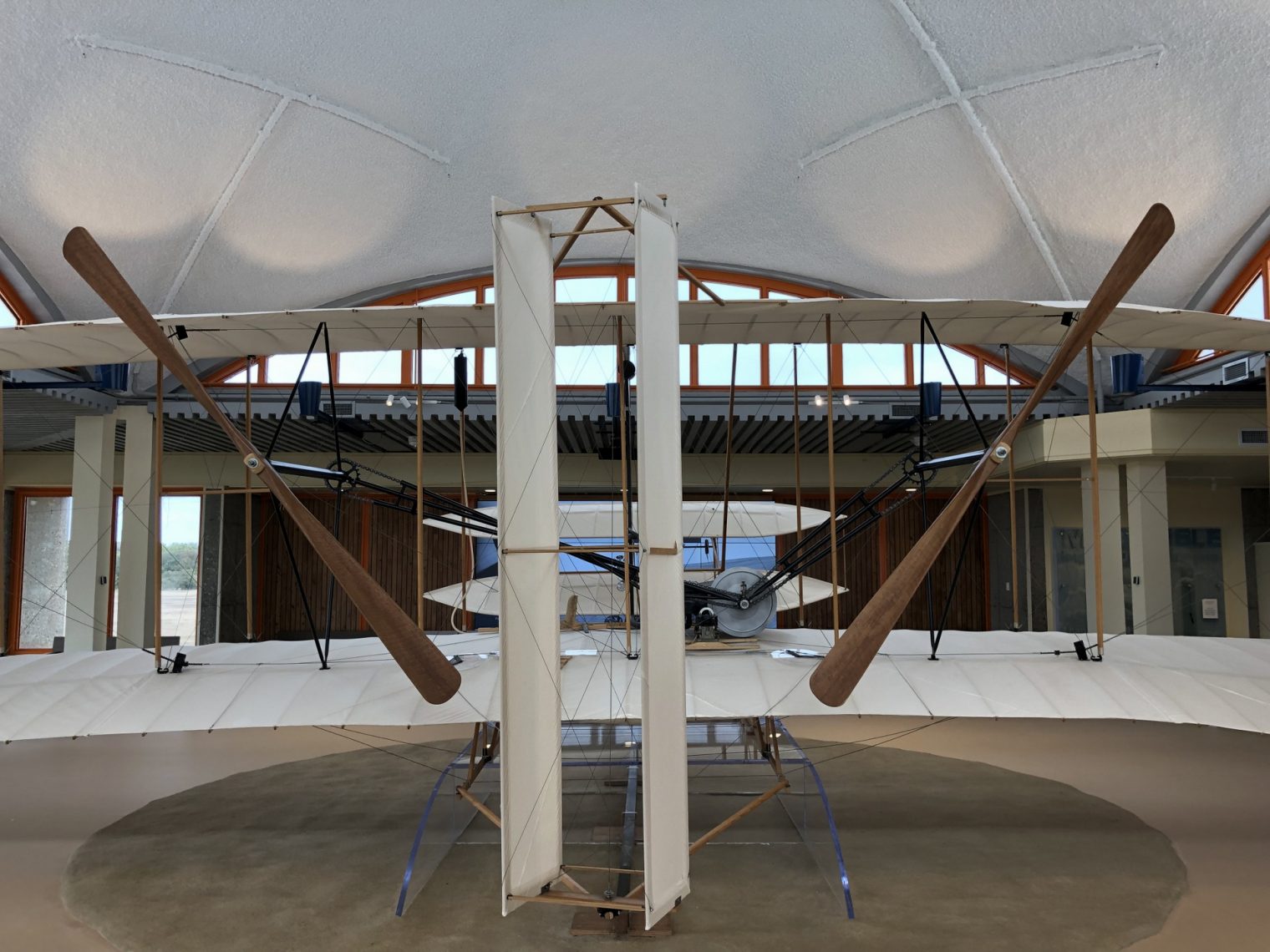
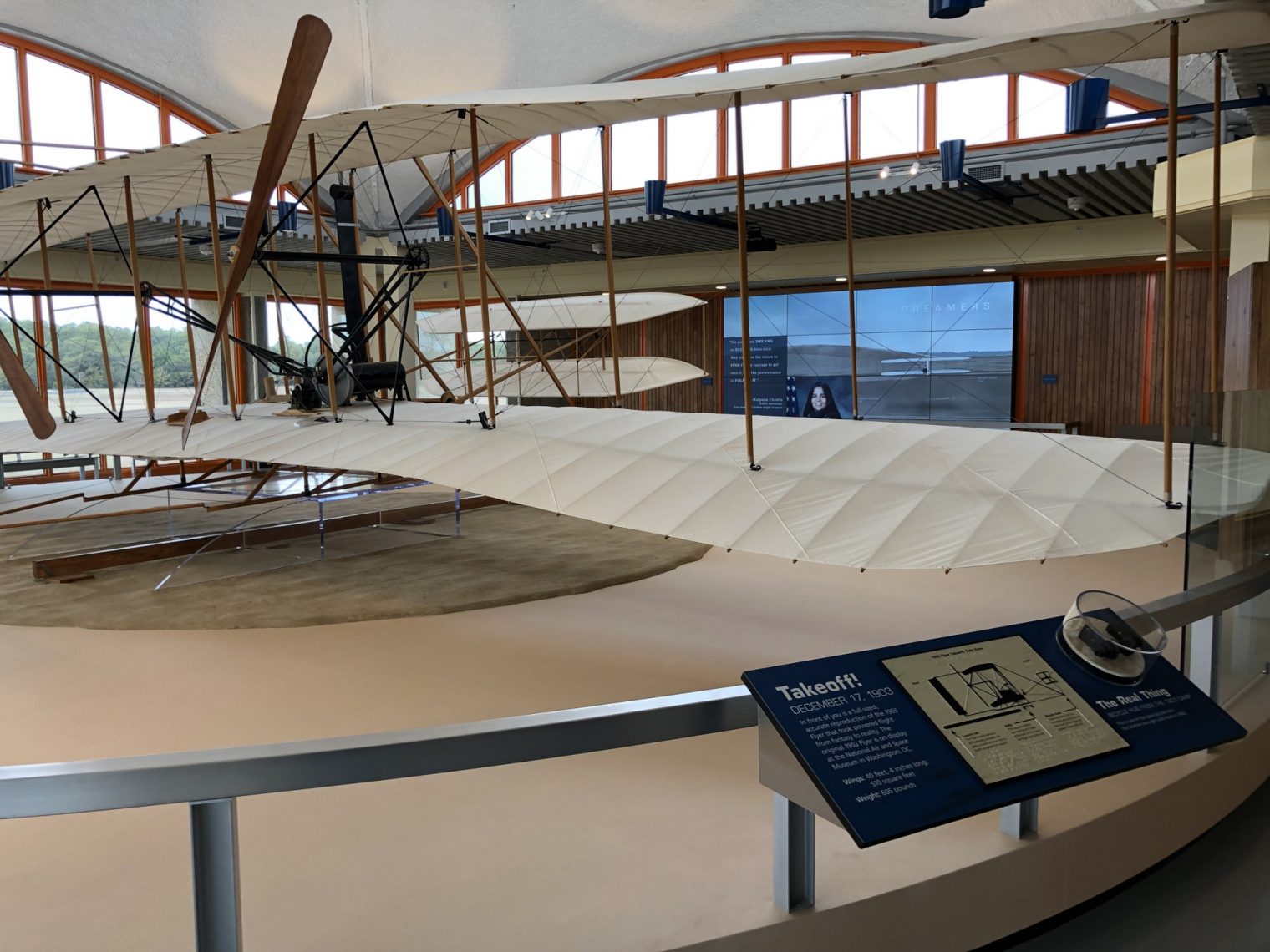
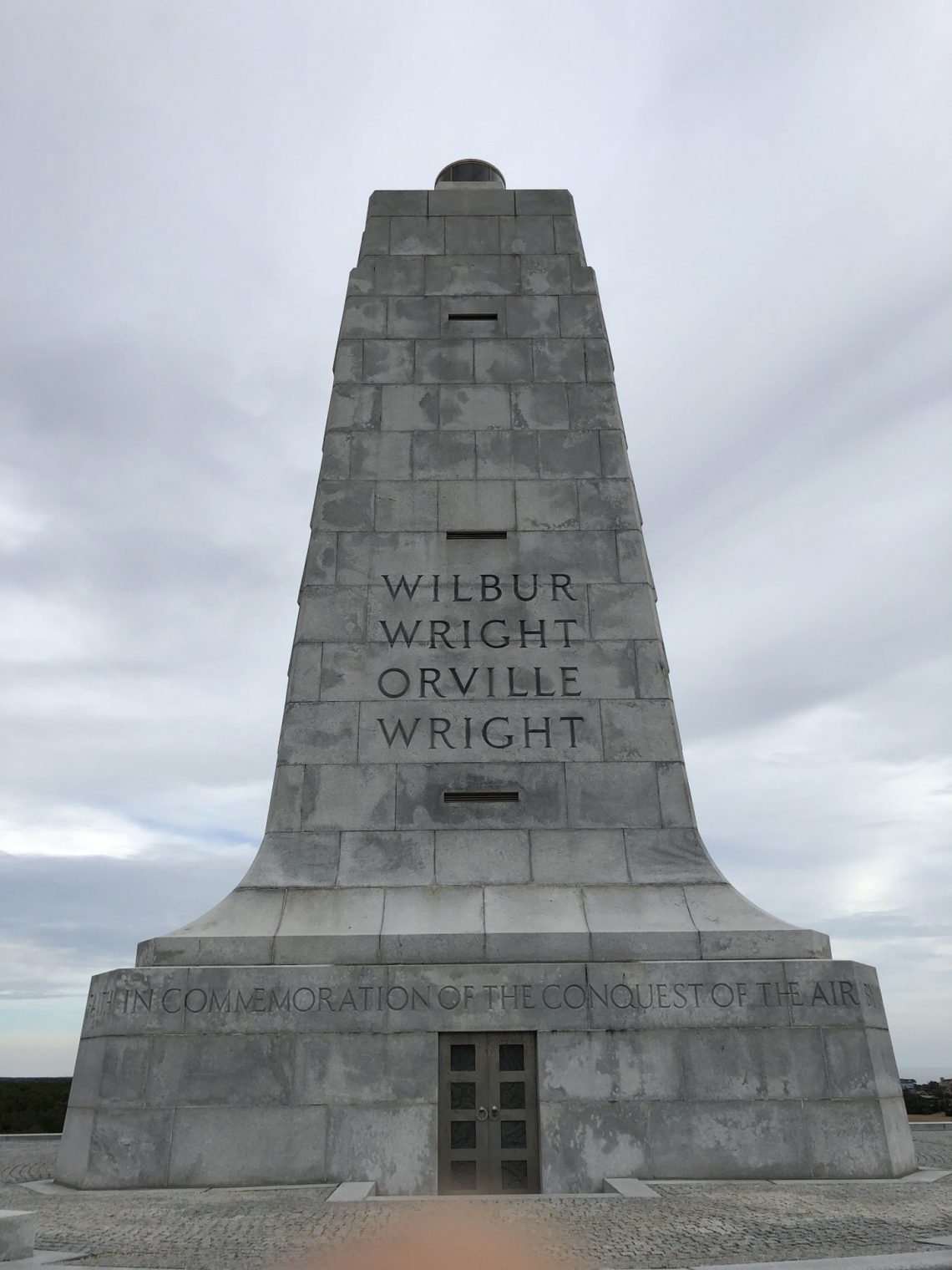

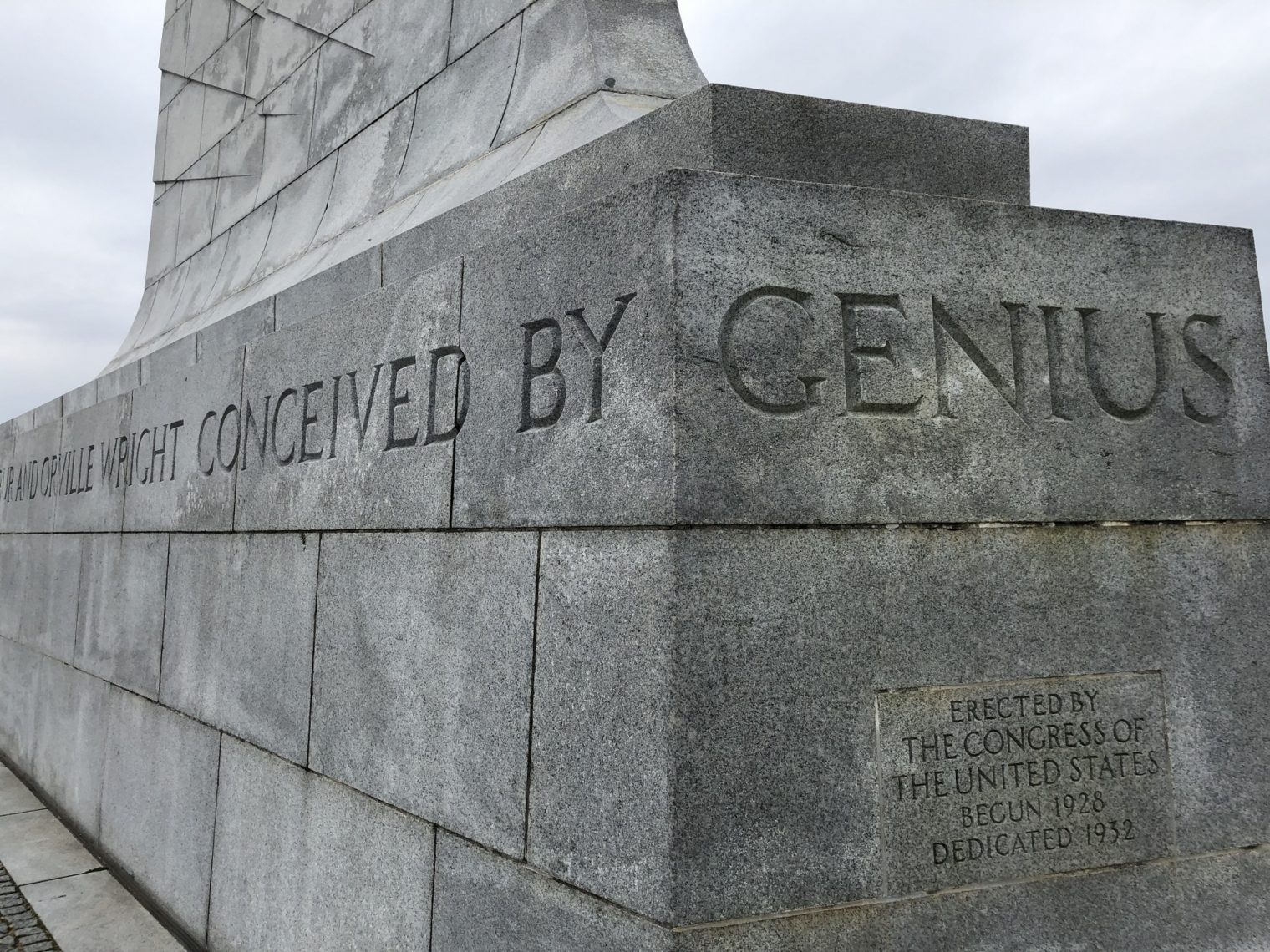
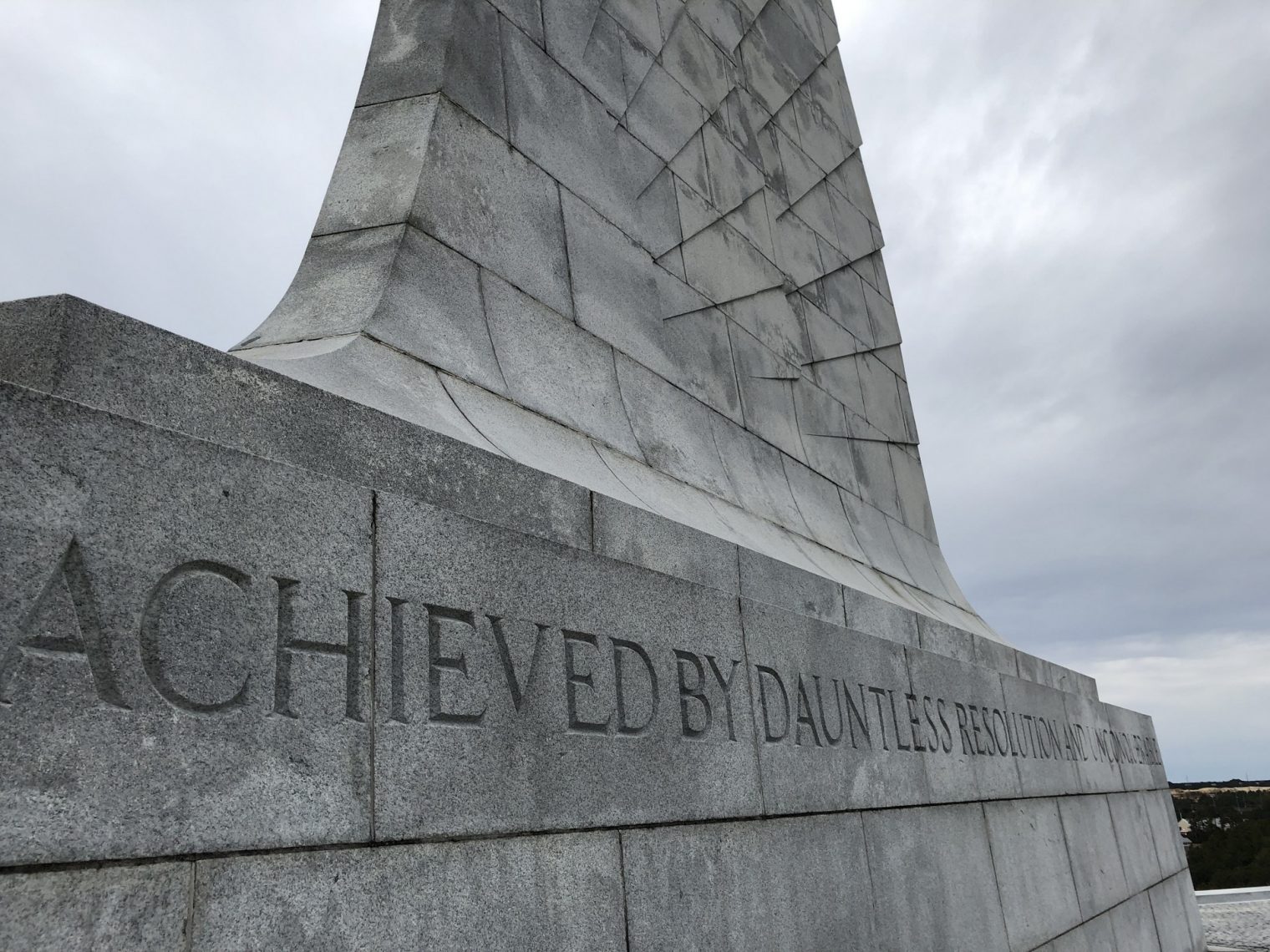
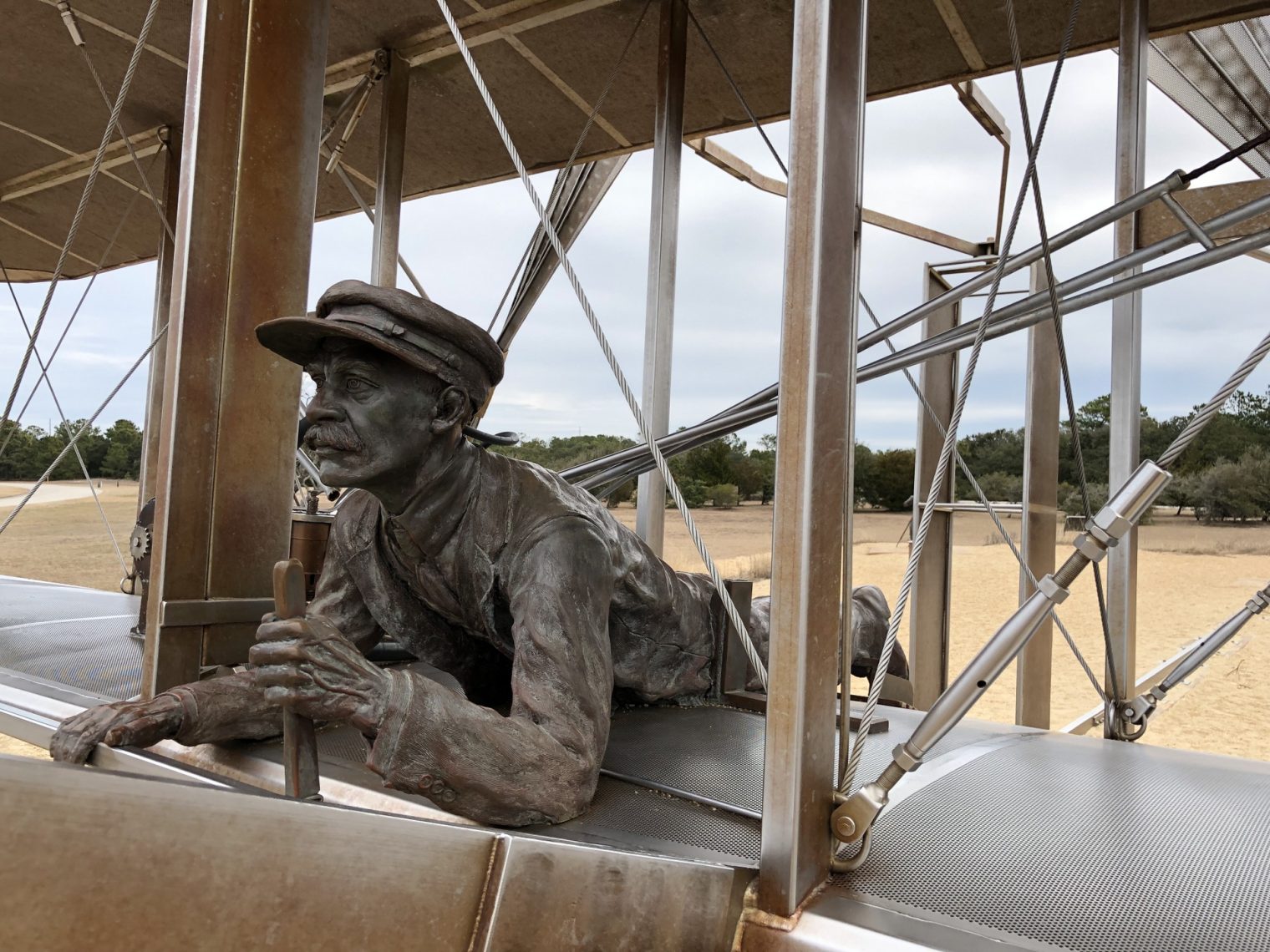
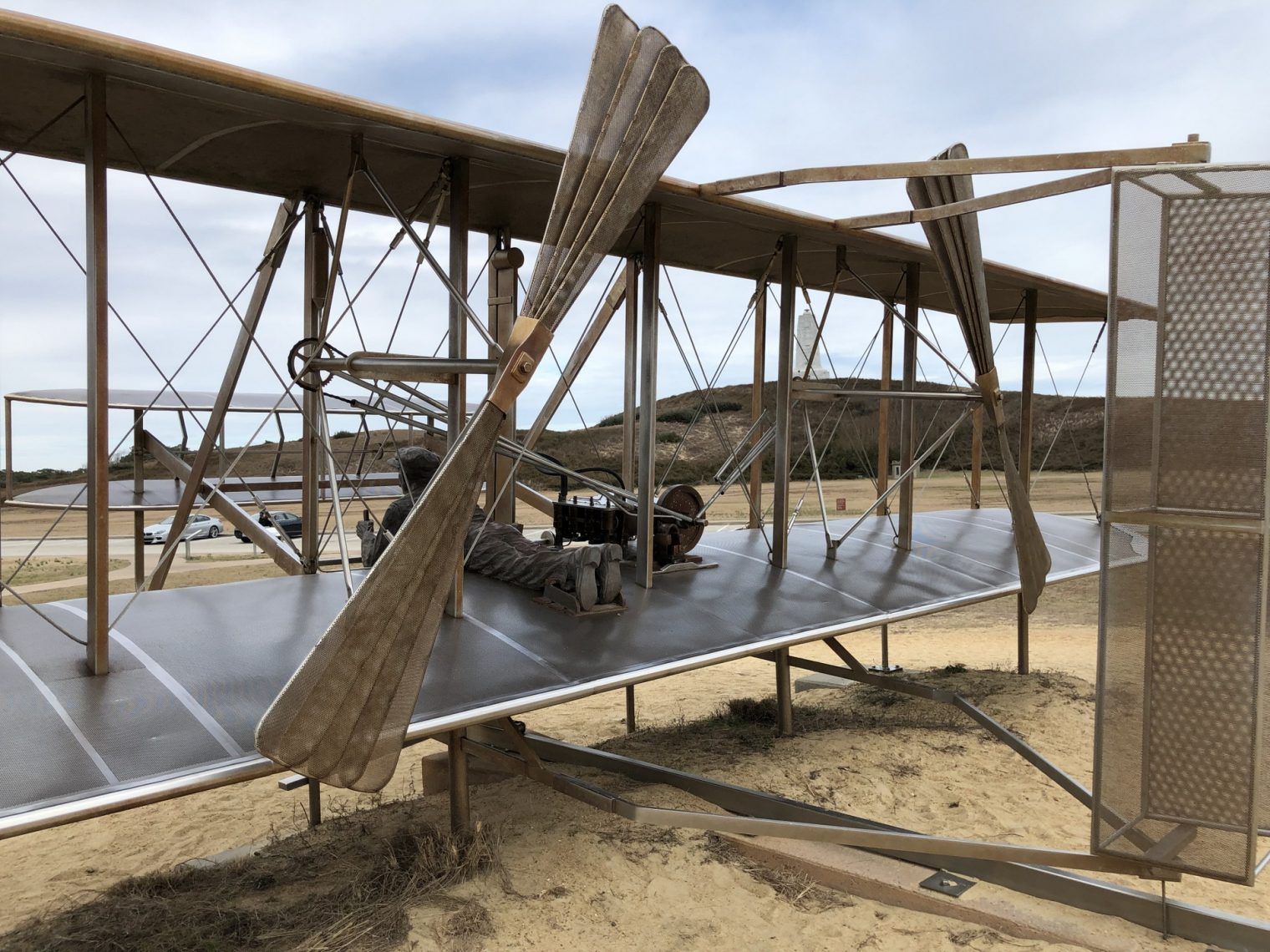
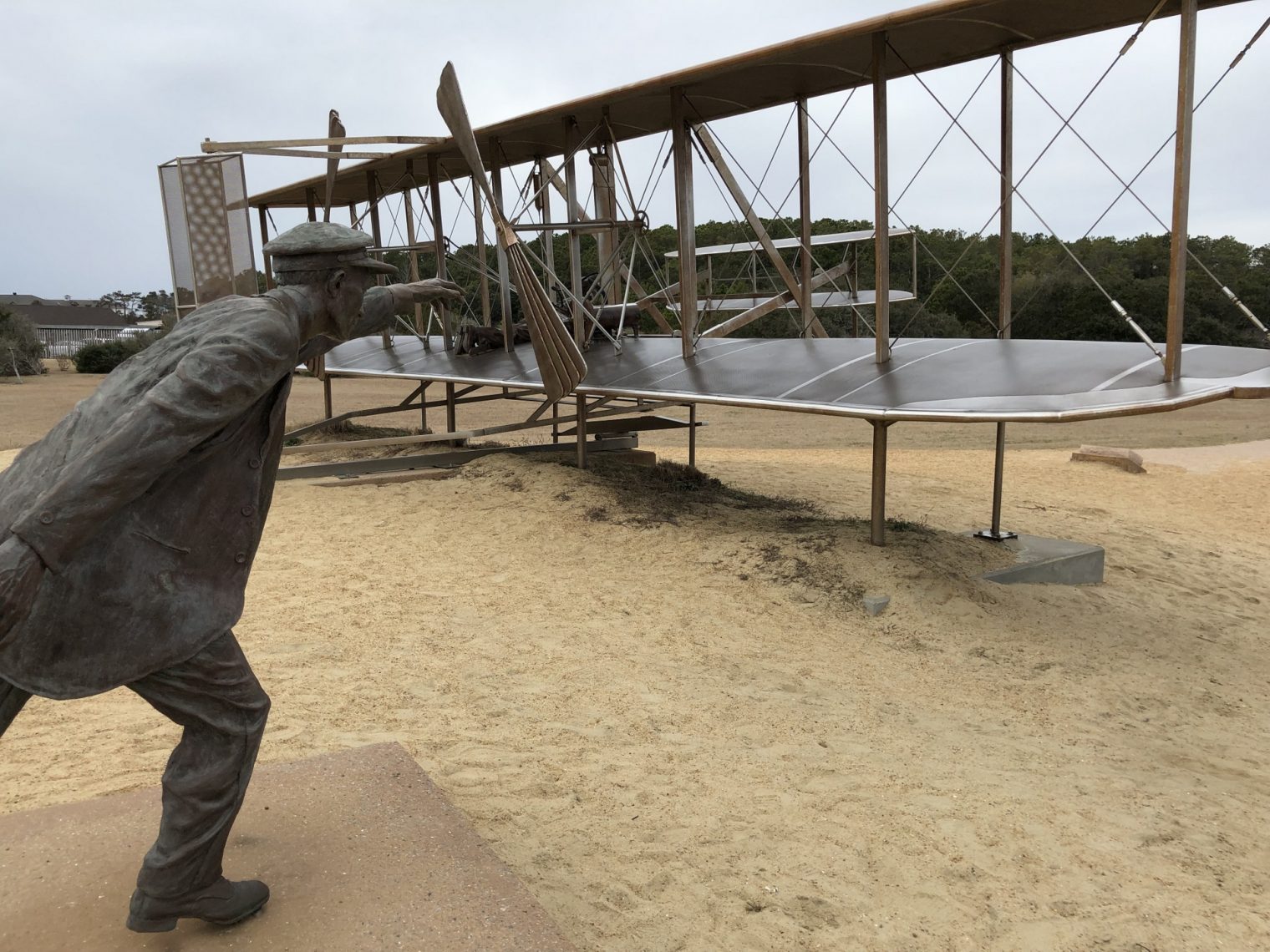
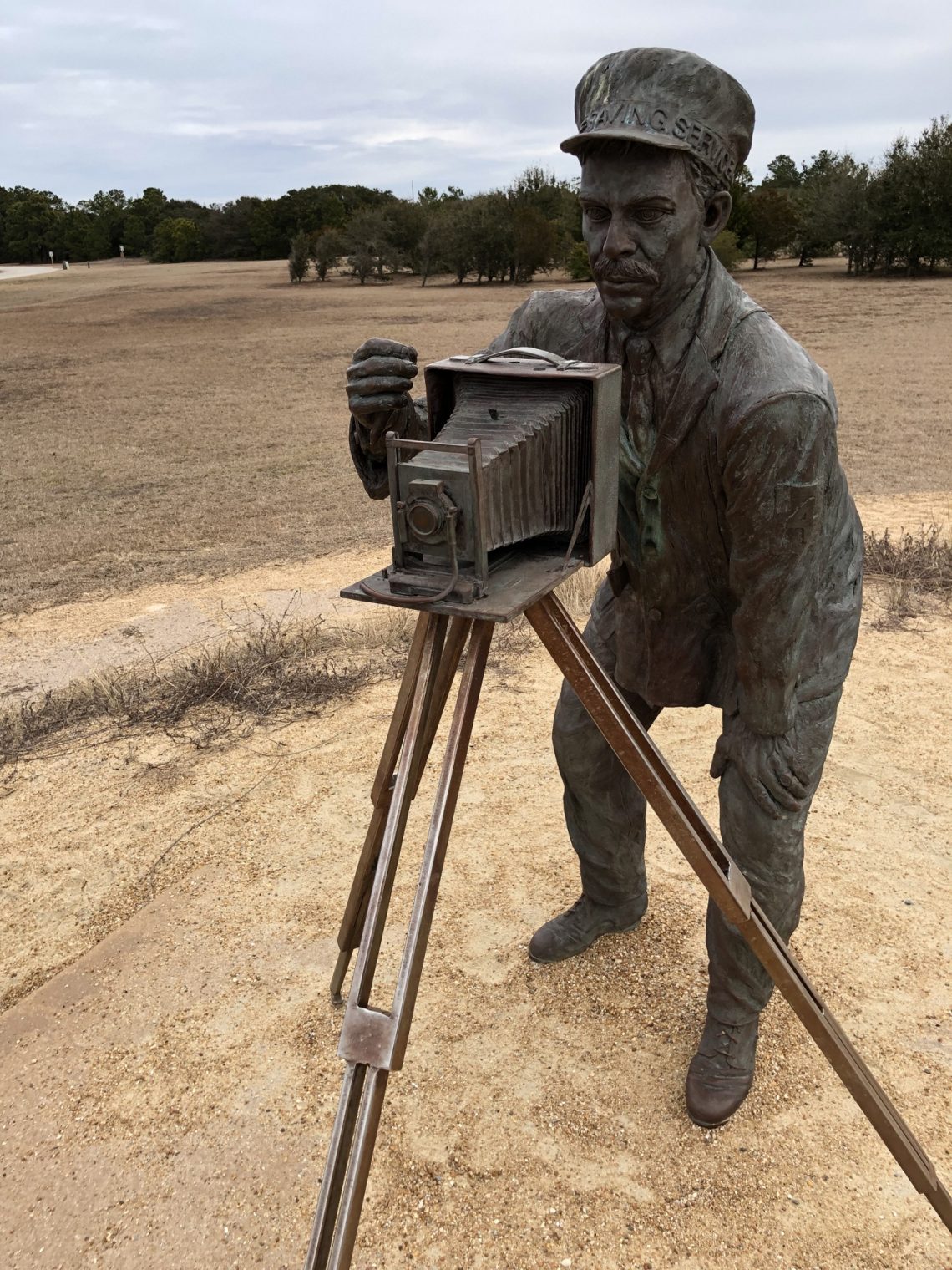
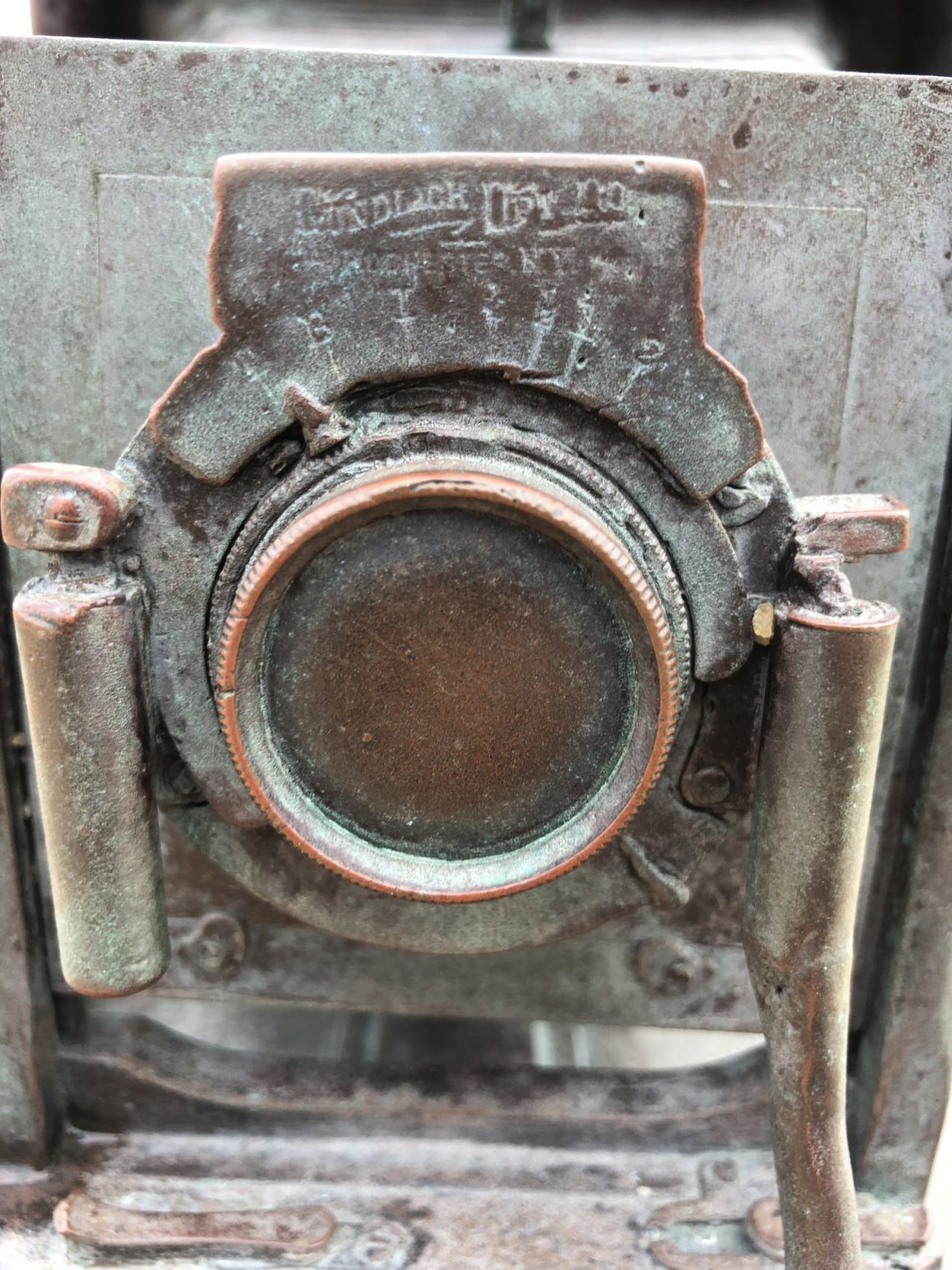
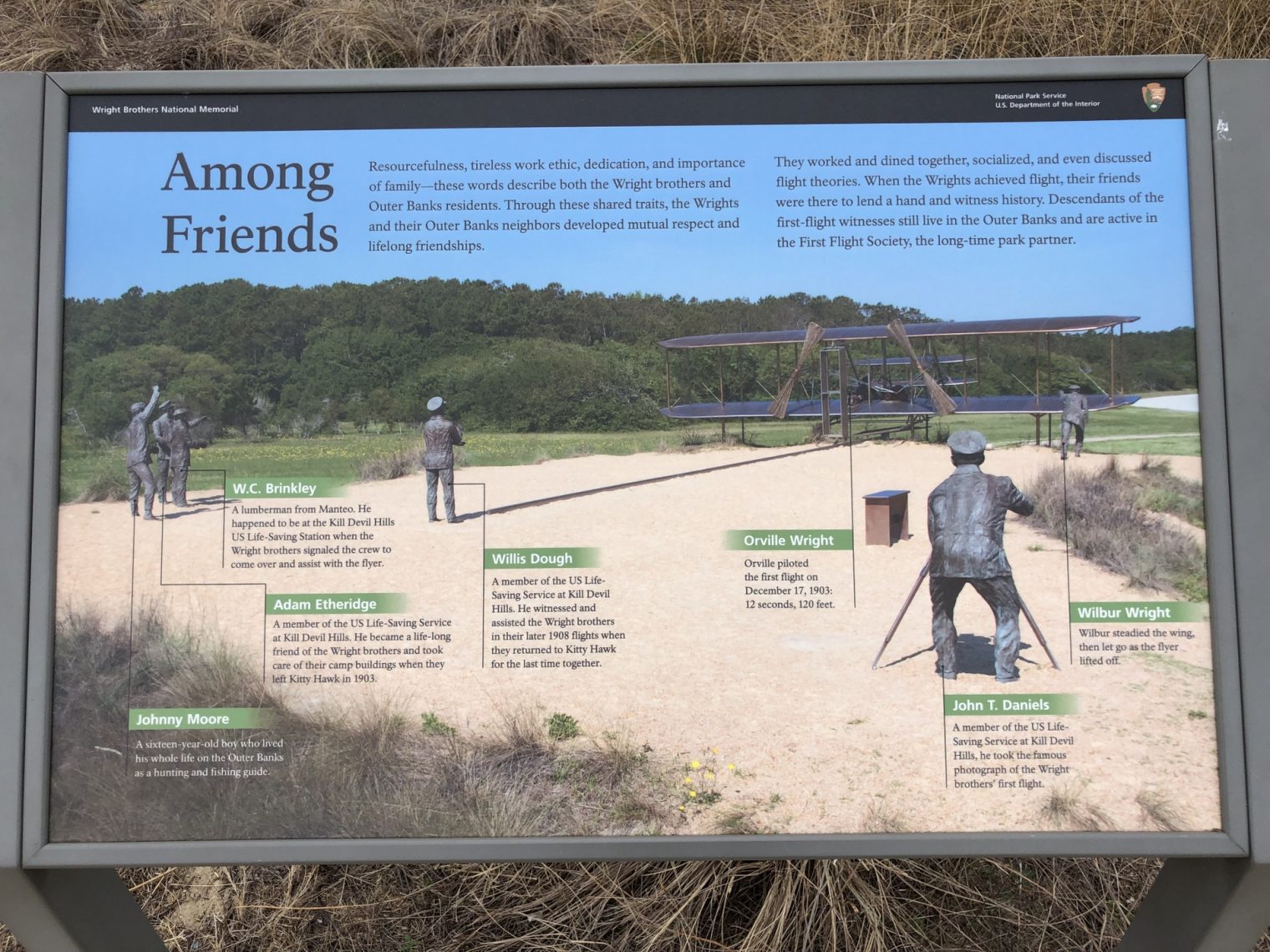
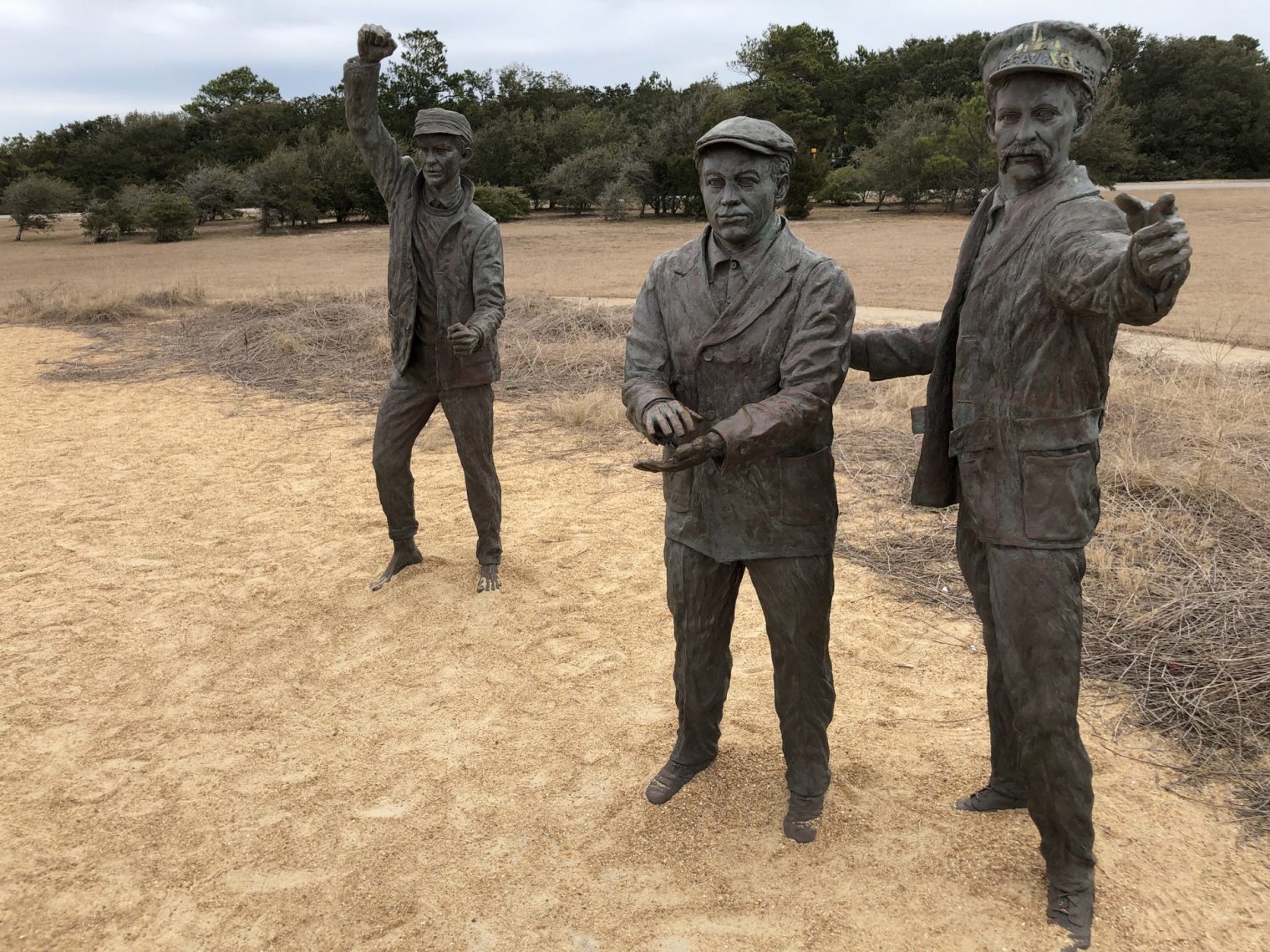
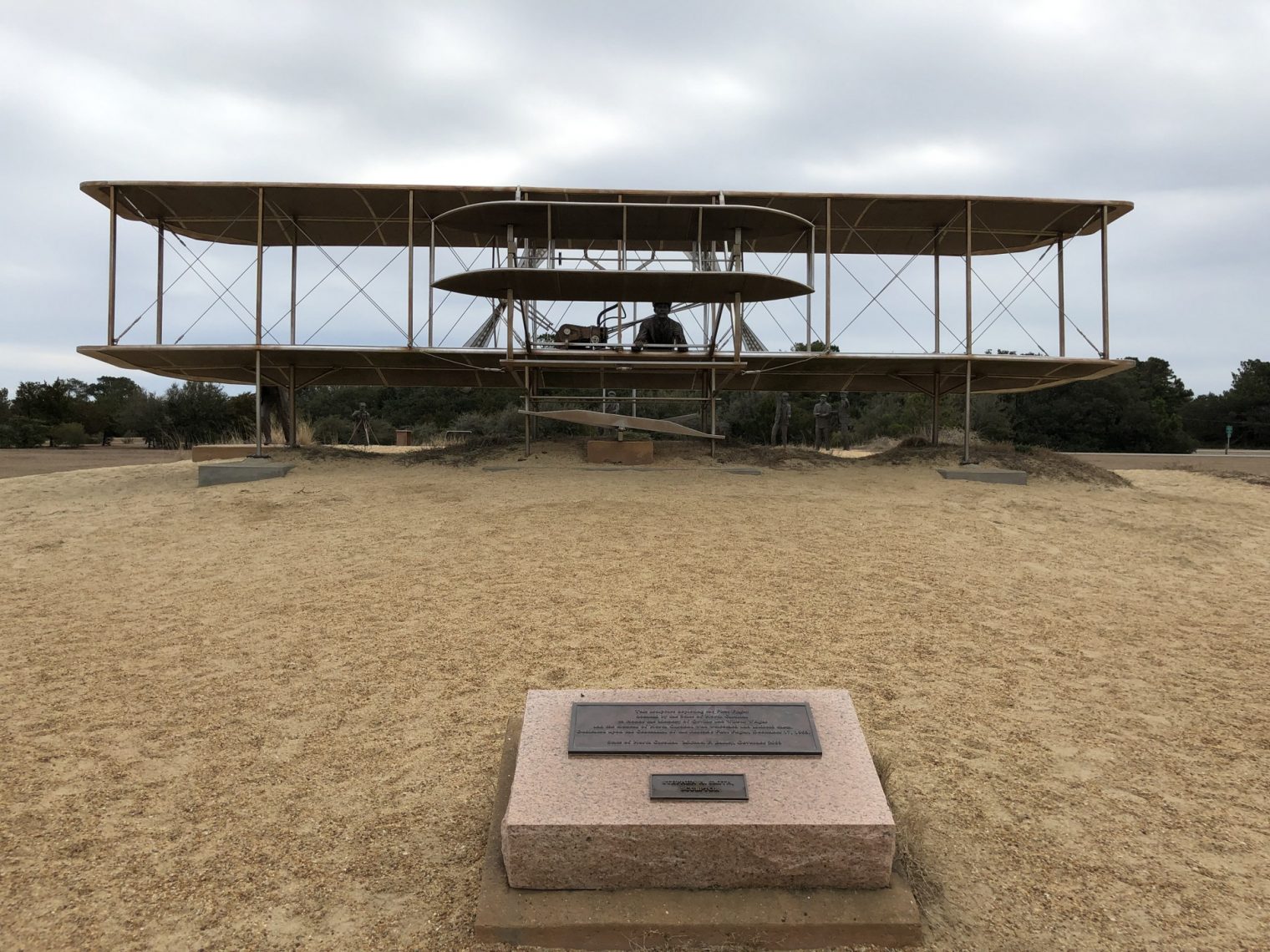
Probably the best that can be said about Whittle is that he co-invented the jet engine. Germans had them flying first; moreoever the centrifugal design of Whittle’s did not survive: axal compressors proved more successful.
I went there around 1990 mainly to try my hand at hang gliding (it was harder than it looked) and again just a couple of years ago. I recall almost nothing being around it in 1990. It’s amazing how much that part of coastal NC has been developed.
Cold weather launch of … Columbia? Both disasters involving bad decision makings in common, though.
Fixed. Thanks!
Interesting how (uneducated) bicycle manufacturers played significant role shaping the aviation industry. Including government funded (and highly educated) joint ventures. I’d suggest listening to’ The Aviators: Eddie Rickenbacker, Jimmy Doolittle, Charles Lindbergh, and the Epic Age of Flight’ (2013) ISBN 1426211562 by Winston Groom (he wrote Forest Gump). Long book but worthwhile.
The wright flyer would be illegal to fly today even in the experimental category due to excess government regulation. My guess on the rating… Single engine land with a restriction on centerline thrust.
This is just not wright! What does the US have to do with aviation? Wasn’t aircraft invented by Leonardo da Vinci?
That thing looks pretty dangerous. It’s good that it would be banned,
I would be unable to resist the temptation to enter ‘7700’ just to see what happened.
I visited the 115th Anniversary of Powered Flight celebration Dec. 2018. My first trip to Kitty Hawk (and the OBX). I held my cynicism inside that one of the grandee’s was the senior curator of aerospace at the Smithsonian and that he didn’t offer up an apology to the relatives of the brothers.
With the focus on Women in Aviaiton, they seem to have forgotten Jerrie Mock…!
https://38charlie.com